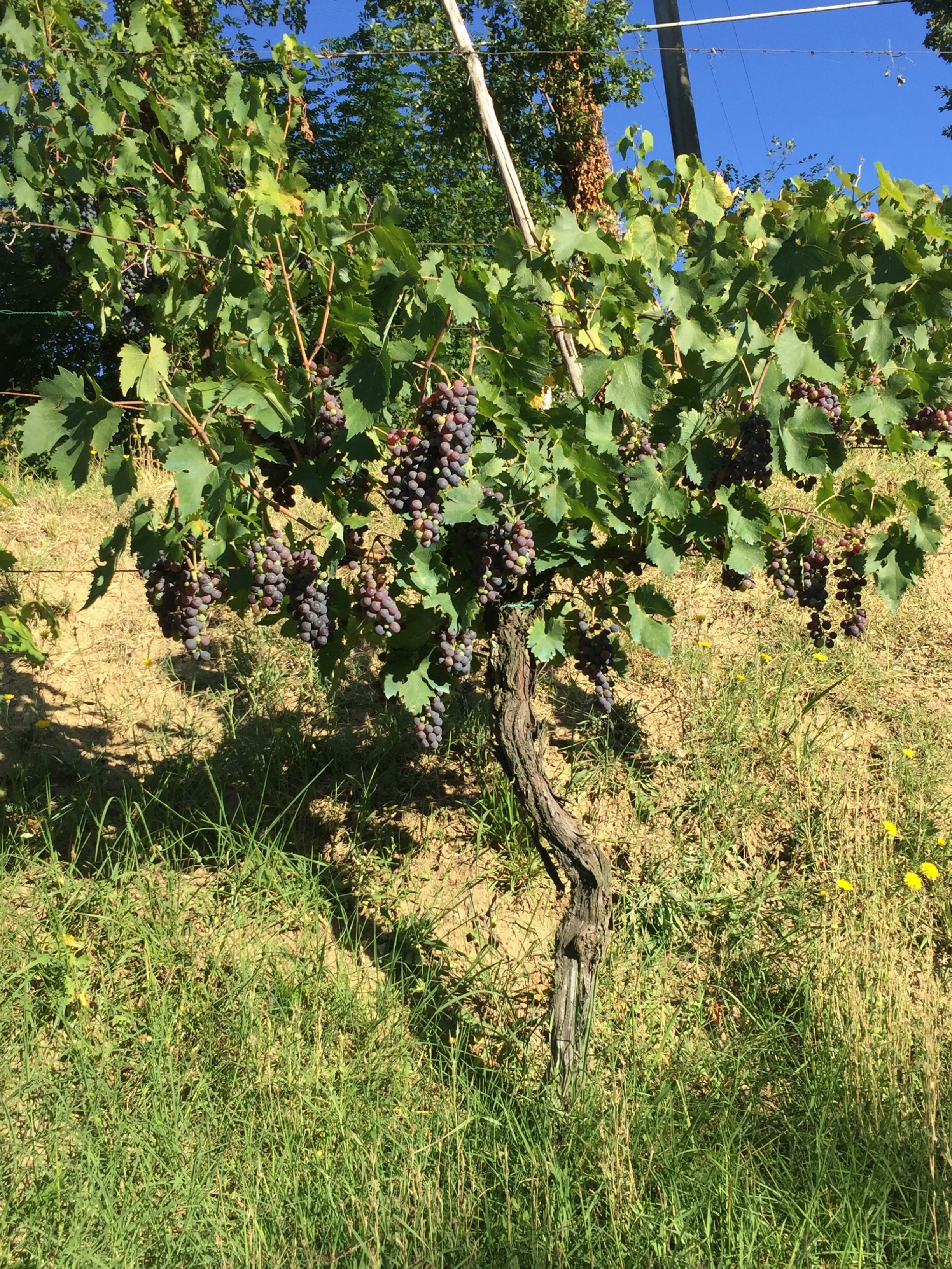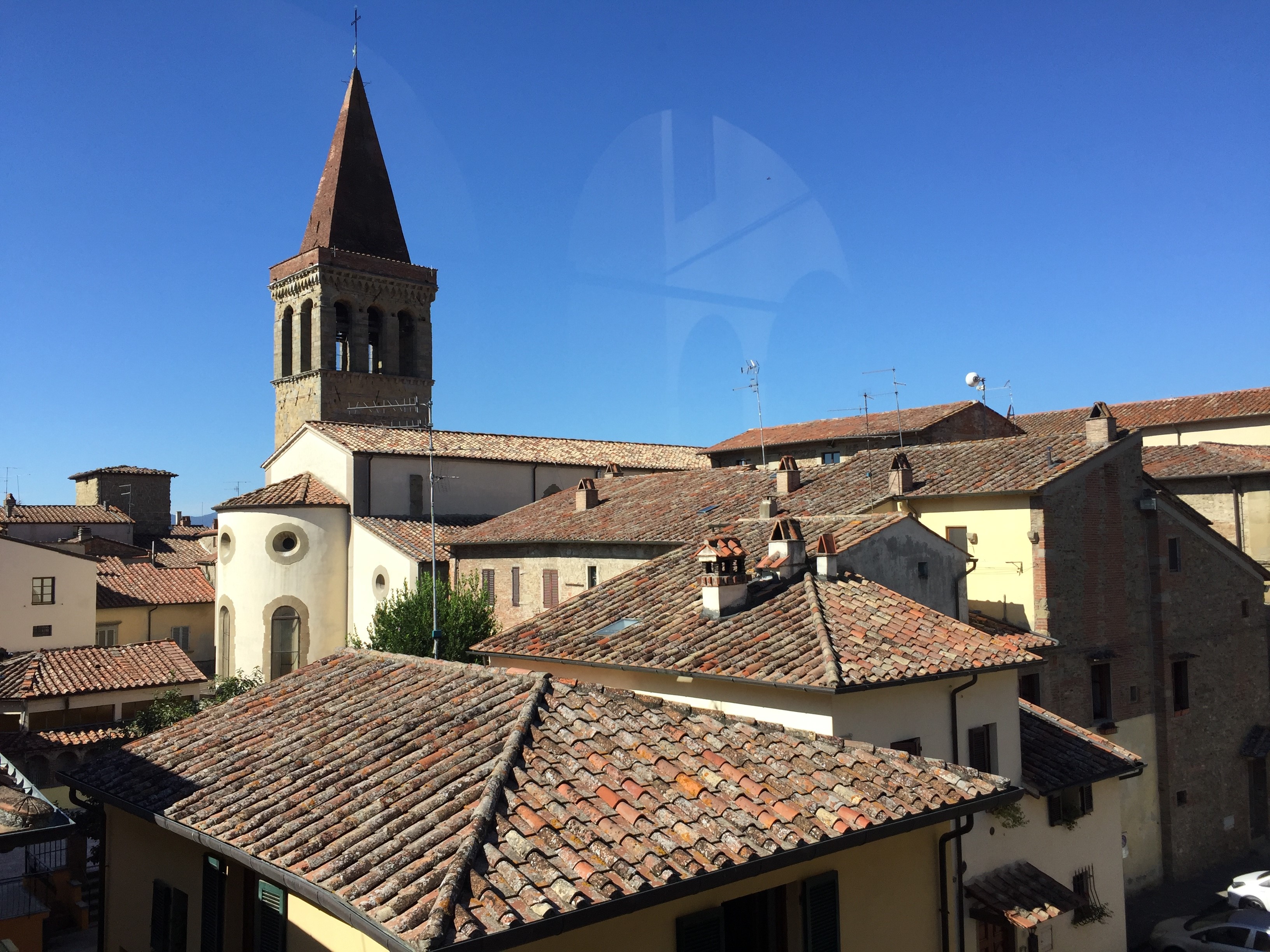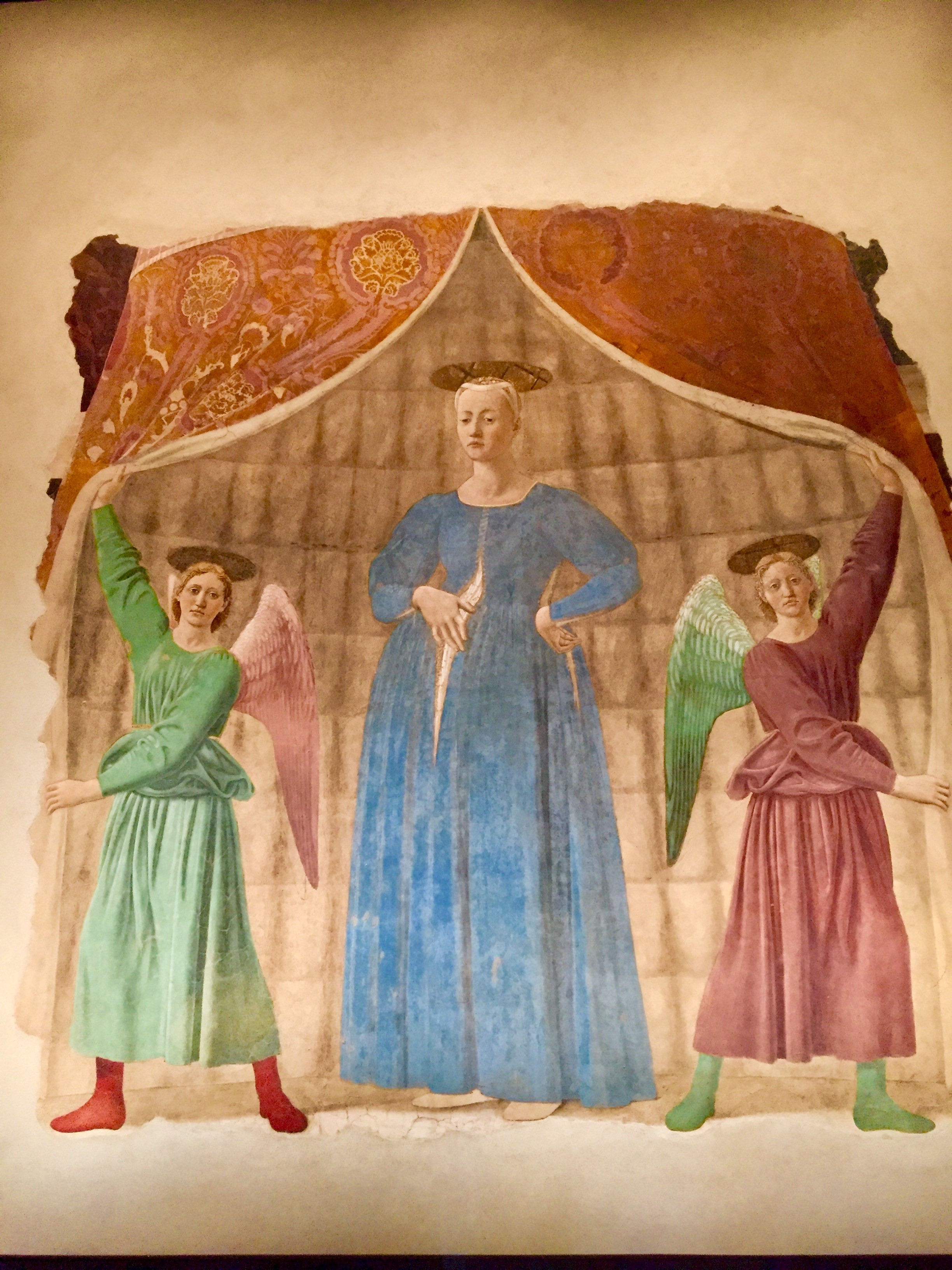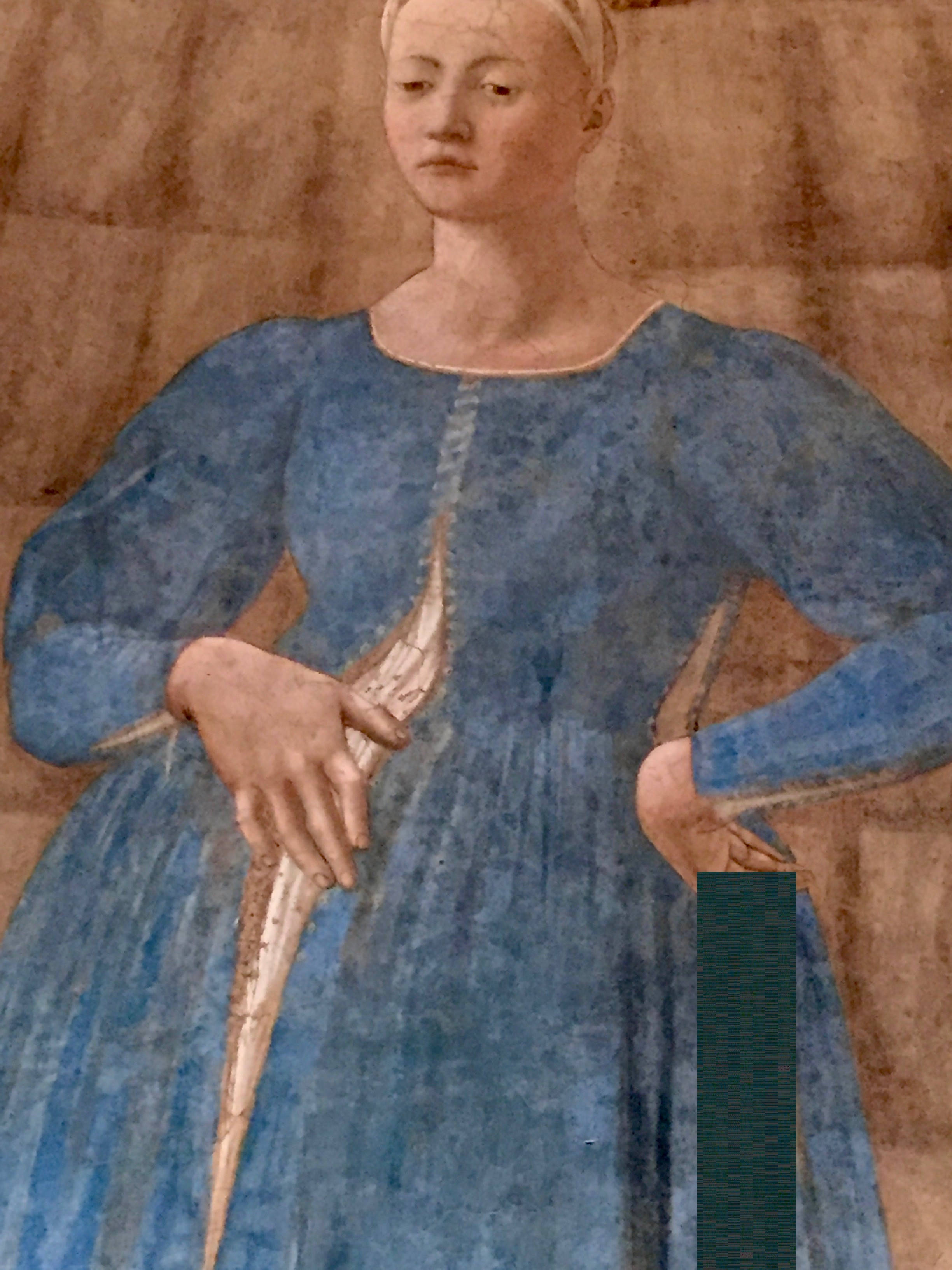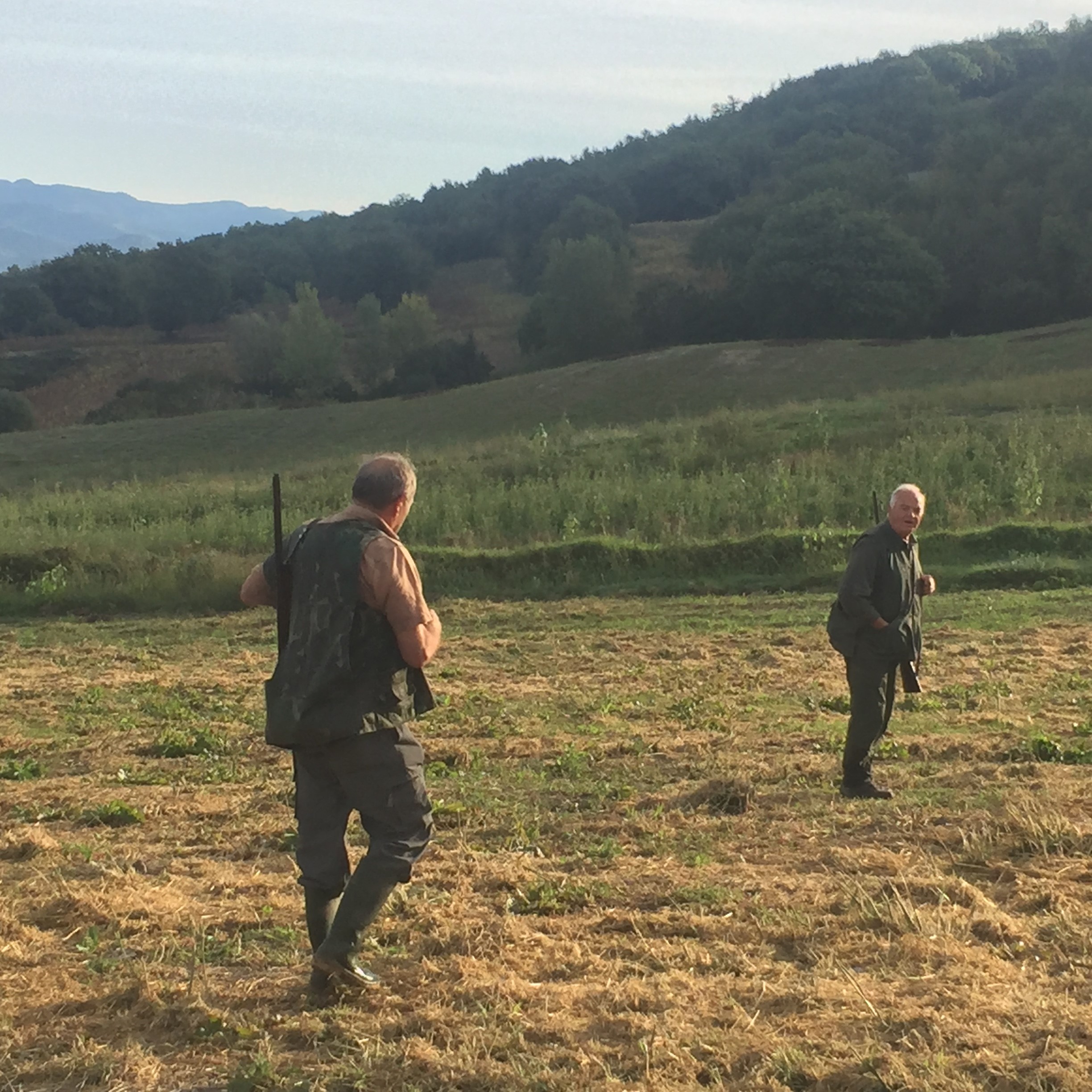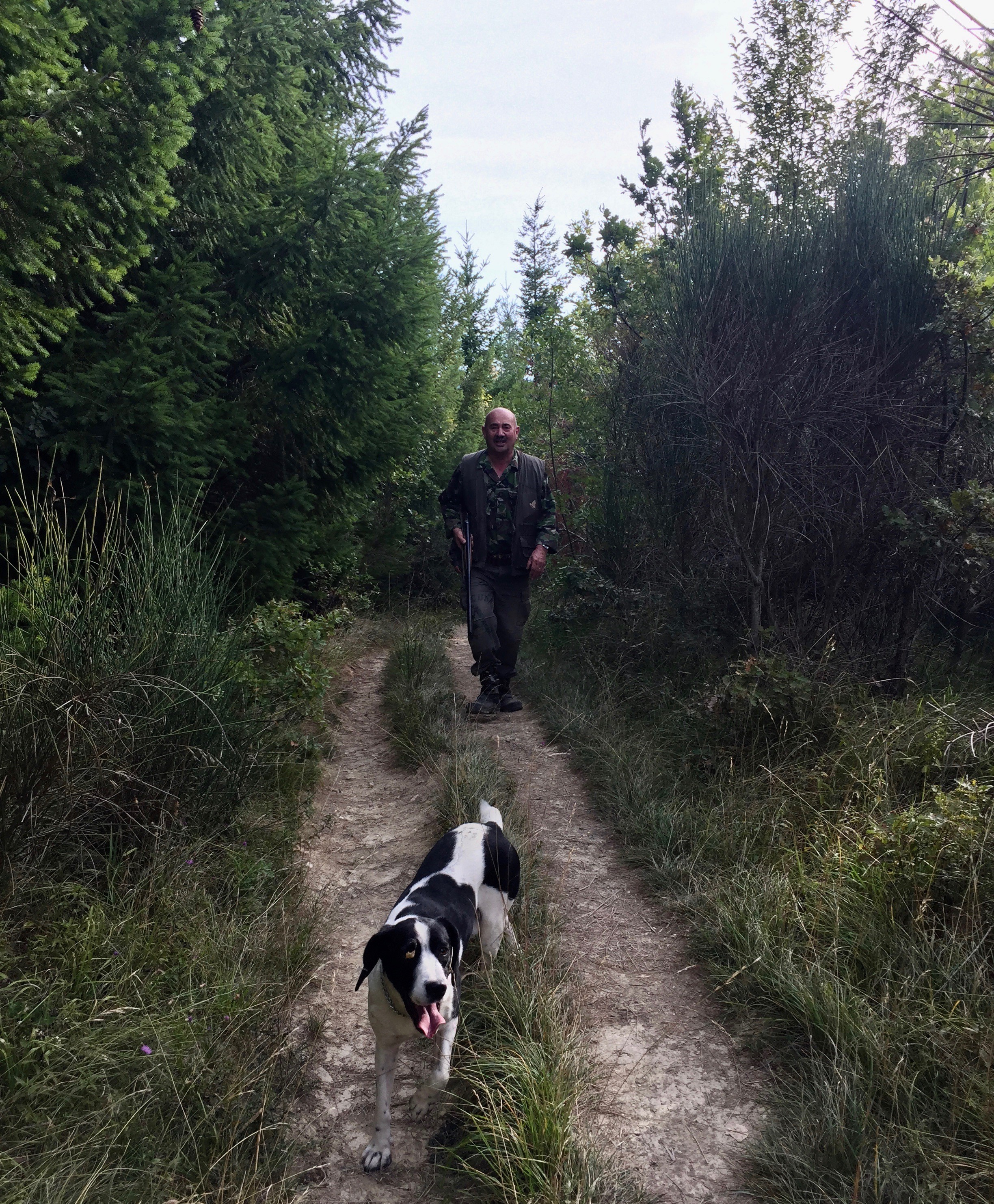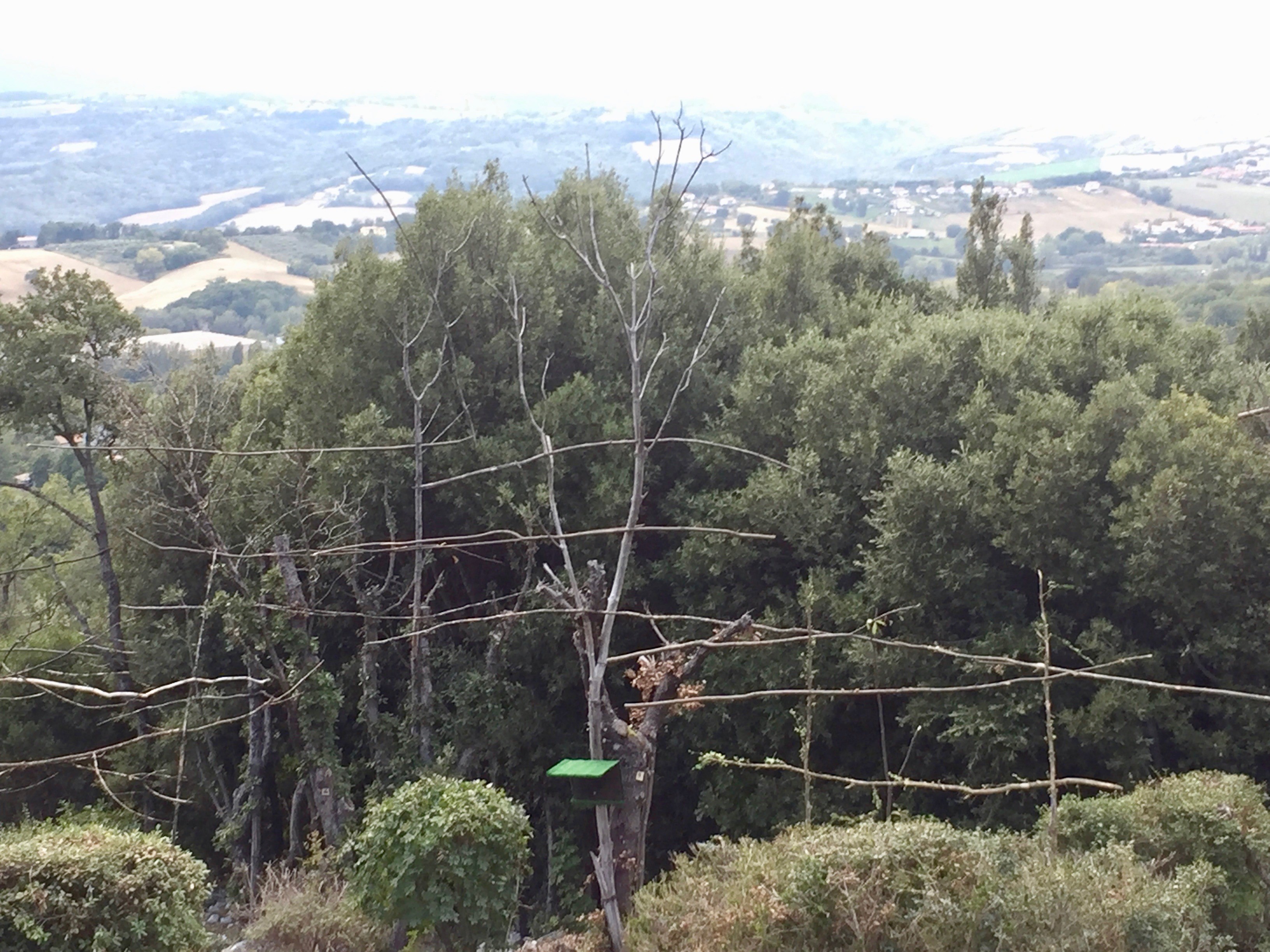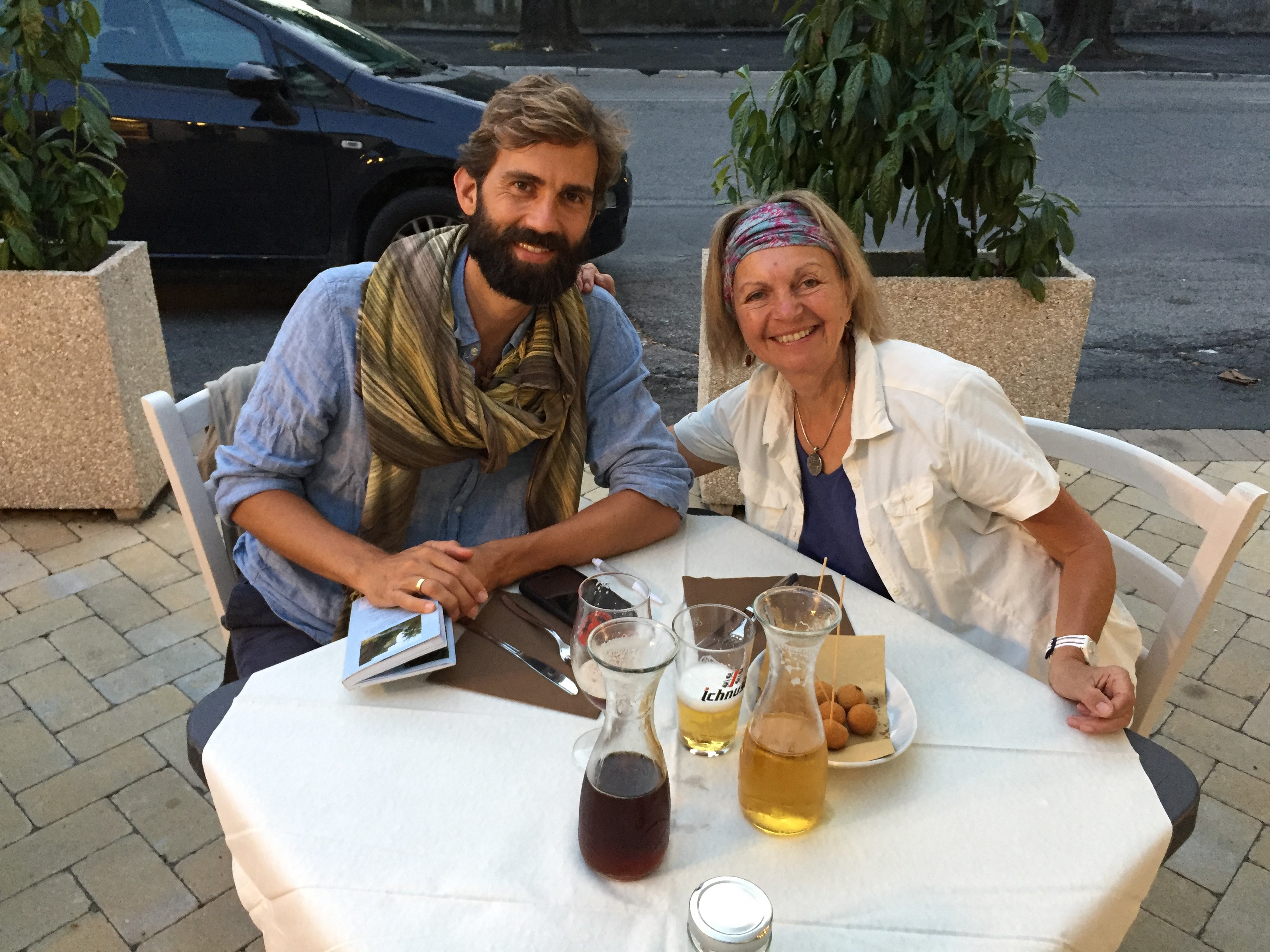(5)
Meeting the Gap
The goal of a pilgrimage for me is not self-improvement, but to deepen the awareness of who I am. In order to become aware, it is of crucial importance to accept myself without judgment. A pilgrimage for me is not a time to seek comfort and safety. On my pilgrimages in the past, I sometimes experienced hardships and faced my limits. These times, in retrospect, were the most valuable times of the pilgrimage. Hardships and challenges serve like gaps which, in the words of Leonhard Cohen, “the light comes in.” The Tibetan Buddhists call this state Bardo, the time in between. It is the time when change can happen.
After I left the charming 14th century country house in the early morning, I hiked to the city of Sansepolcro. This town is the birthplace of the famous Renaissance artist Piero della Franscesca. He also lived and worked there. On the way to the town, the path followed a natural sewage canal. The smell was nearly unbearable. I expressed my feelings in a haiku.
Stinky wastewater
Flows beside the pilgrim’s way
Ah! Ripe grapes and figs
Roofline of Sansepolcro photographed from the home of Pierro della Francesca
Although I loved the town with the many palazzos and churches and also visited the home and museum of Piero della Francesca, I was eager to see one of his most famous pieces – Madonna del Parto. He painted the fresco for the cemetery church, Santa Maria di Momentana in Monterchi, where his mother was buried. Now it can be seen in the city museum of Monterchi. I had to make a little detour, but it was worth it.
Madonna del Parto. Piero della Francesca finished the fresco in just 7 days
Monterchi is located beside the Cerfone River. During the time of Antiquity, pregnant women came to this place to participate in fertility rituals. Even today, pregnant women visit the Madonna del Parto to ask for a safe childbirth.
Madonna del Parto (1460 AD)
I slept in a simple apartment connected with a farmhouse surrounded by rolling hills, fields, and forests. The most peaceful landscape one can imagine. However, early in morning, I was woken up by gunshots echoing all over the valley. It was September 15 – the start of the hunting season in Italy. During the entire day of hiking, I felt as if I were in a war zone.
Hunters crossing a field
The hunting mentality I saw in Umbria created a strong aversion in me. I often had to walk in between high wire fences because private owners of forests fenced in their property. I saw cages where dogs were imprisoned, probably dogs raised for hunting. Also, the Italians are allowed to shoot birds – one time I saw on my walk a construction for birds with a deer stand down below to shoot them. It was a great paradox, walking on the way of St. Francis and witnessing this animal cruelty. St. Francis is known for his love of animals.
Hunter with his dog
Lures for birds
In Citta della Castello, a medieval town surrounded by a powerful city wall, a special treat was waiting for me. My son Lorenz drove up from Assisi to have dinner with me. He also brought the English version of my guidebook. The German translation I used was poorly translated and made it difficult sometimes to find the way.
My son Lorenz and I at dinner in Citta della Castello
With the coronavirus sweeping over the whole world, life as we all know it came to a standstill. Most of us have to stay home in order to slow down the curve, the speed of infection, and also to not get infected.
When I was sitting in front of the Madonna del Parto for at least an hour, I felt the mystery of this painting. There is not one painting I know of in the history of art that depicts the Madonna like this – standing, fully embodied, with her right hand pointing to the gap caused by something even she does not see. She just feels it!
During the time of quarantine, the whole world holds its breath. It is a time when transformation can take place. Like at a pilgrimage or a sesshin, this transformation happens slowly, organically, or – by using the visual picture of the Madonna del Parto – it can be considered a time of pregnancy, when something new can develop and grow.

